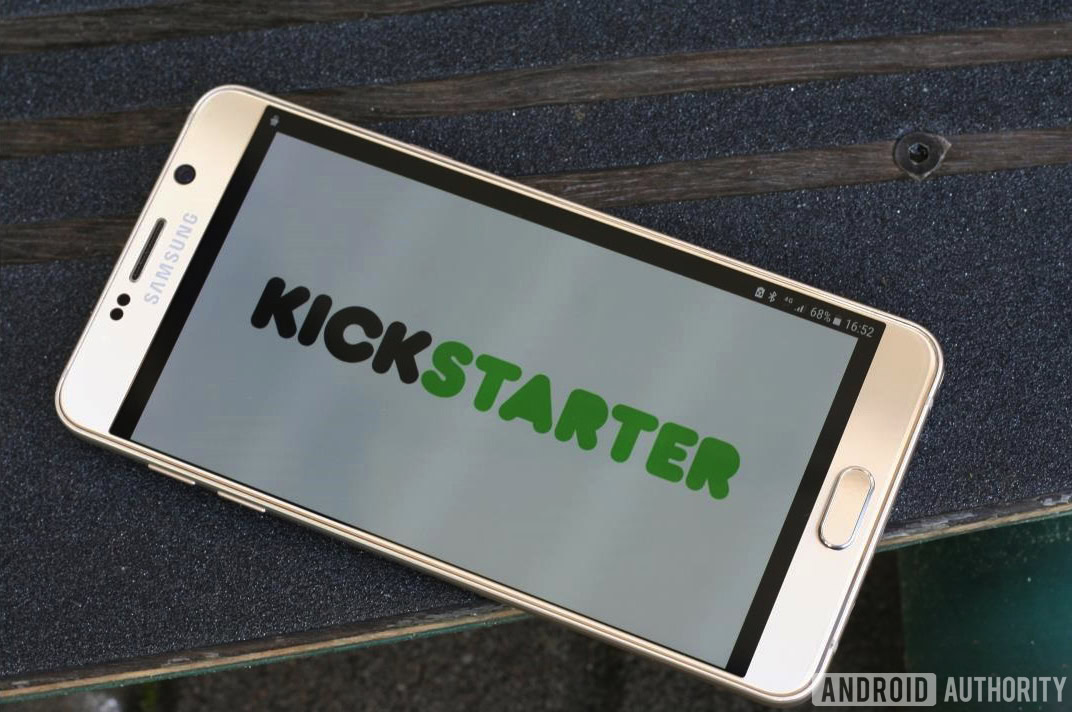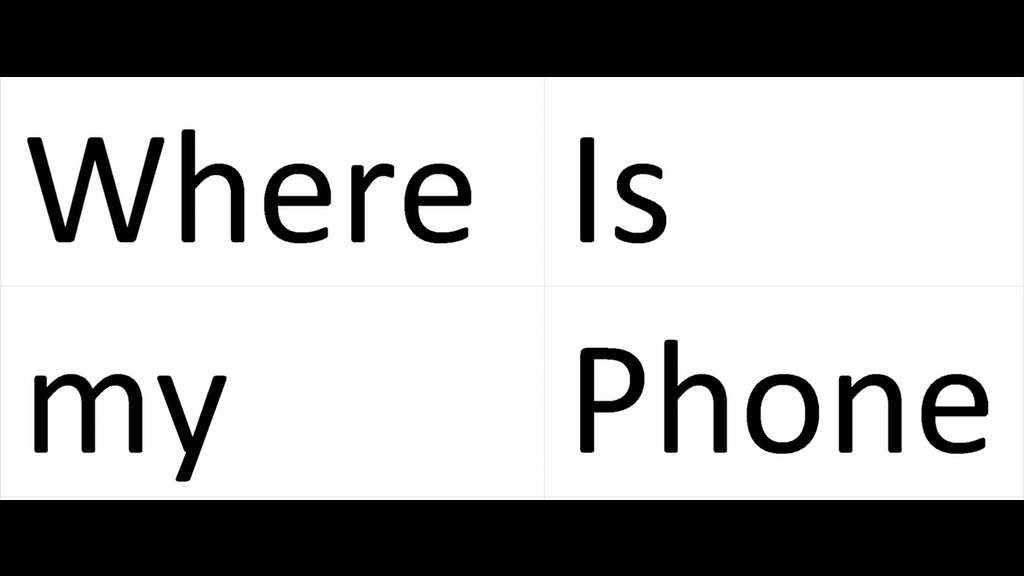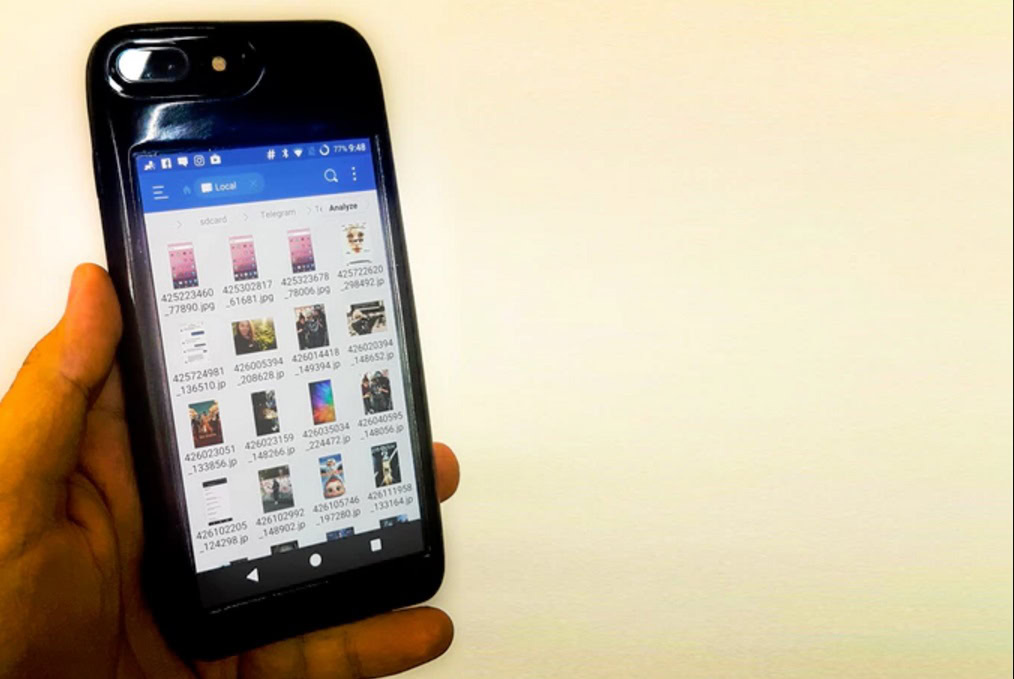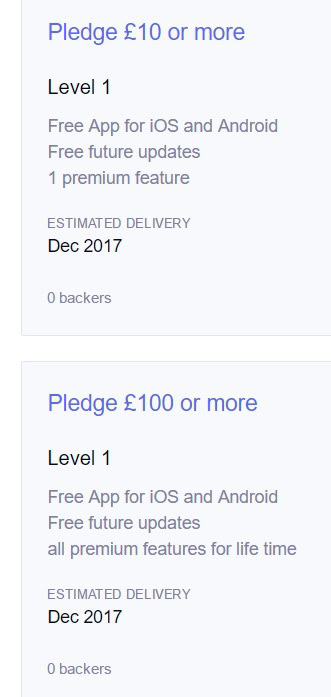Affiliate links on Android Authority may earn us a commission. Learn more.
How not to launch a Kickstarter campaign for a new app
Published onJune 6, 2017

I’m by no means an expert when it comes to Kickstarter. If you asked me to predict the good investments based purely on their pitches, I’d struggle. At the same time, there are some projects that display such blatant warning signs that I could confidently rule them out.
Take the Where Is My Phone Kickstarter project. Created by Mirza, this is described as an “extremely simple and elegant solution for lost and stolen smartphones.” It’s a phone-tracking app, for which the creator is seeking £1,000 in funding to get off the ground.
Now, before I get into details, let’s first have a look at this project’s main image — what you might think of as the storefront for this project:

Well, I can’t deny it grabbed my attention…
Sadly, a poor teaser image is only the beginning of its problems. Many Kickstarter creators provide a video explaining what the project is, how it came about, and perhaps some initial footage of the product (Kickstarter has guidelines on how to do this effectively, and you can see an example here). In lieu of this, a Kickstarter page might simply include videos or images of prototype designs so that backers can get a feel for what to expect.

Where Is My Phone doesn’t do either. That one image of the phrase “Where Is My Phone” on a white background in Calibri font is all we have to go on. I’m not a font snob by any means, but it’s indicative of the amount of effort that was put into this particular pitch — Calibri is actually the default MS Word font. Both the product outline and the risks and challenges section fail to substantiate the intricacies, or indeed the basics, of the project. Compare that to, say, the Flap app campaign‘s description and you’ll how thin it is.
Even campaigns that do feature a pitch video can easily get it wrong, though. If you’re going to make one, try to know what you’re going to say before filming, don’t shoot in portrait, and don’t record audio through the camera’s built-in microphone, like Wride did.
Another common mistake creators make on Kickstarter is including an unclear or unlikely bonus structure. While I appreciate that it’s difficult to estimate achievable bonuses for projects, Where Is My Phone makes a key error. You have one choice: pay £10 for the app and one premium feature, or pay £100 for the app and all premium features (for life).

Ignoring for a moment that £10 for an app is quite pricey (you’re probably paying more to invest than the app than it would cost to buy, which isn’t a great motivator for potential backers), this might still be a good deal. Heck, it could be a great deal, but one can’t possibly begin to speculate because premium features are never mentioned anywhere else on the page — there’s literally no way of knowing what the £100 worth of premium features might be.
Lack of a clear explanation on what your product/service will do, and what you will receive for the investment, can instantly kill Kickstarter campaigns, and it’s disappointingly common. Real estate reward app WYF manages to outline app development and promotion timelines without actually addressing what the product is (and that video… wow).
But my number one gripe with the Where Is My Phone campaign — and, sure, you might say it’s petty — is that the product already exists. On both Android and iOS. For free.
With either Google’s Find my device app or iOS’s Find my phone feature, you can track and disable your smartphone remotely. This is a best a lack of market research from Mirza and at worst a naive attempt snatch money from those unaware that they can benefit from such a smartphone service without paying extra.

None of this is to necessarily say that Where Is My Phone and the mountain of similar campaigns won’t succeed in delivering on the promises they make (where they even make them), and that their bonuses won’t be worth hundreds or possibly thousands of bucks. But these campaign pages are the one opportunity that a creator has to gain that initial foundation of trust required for a person’s investment, and the majority are failing at it.
If you are looking some more promising enterprises to throw your cash at, check out our crowdfunding project of the week series.